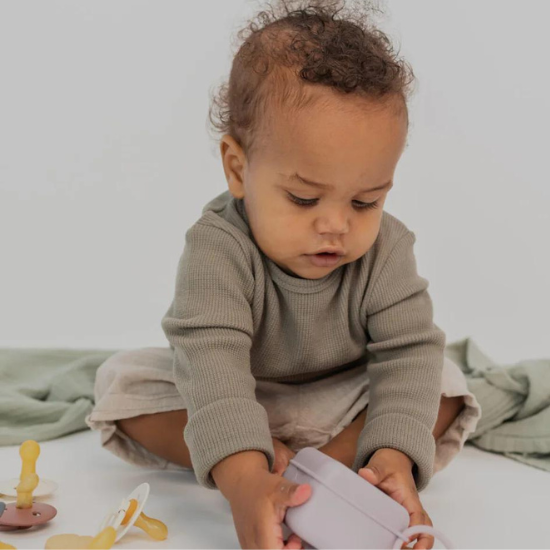
Proven Strategies to Ease Baby Teething Woes
|
|
Time to read 2 min
|
|
Time to read 2 min
Your little one’s teeth are finally making their appearance through those soft gums. What an exciting time! The downside? This often means a fussy baby until that tooth has popped through. Additionally, it can often be hard to decipher whether the baby is fussy because of teething or has an ear infection. What are some tell-tale baby teething signs, and what are some relief measures that can help? Moms on Call has the tips to get you through this new stage.
Baby teething can begin as early as 2-3 months of age and as late as a year of age. This typically begins when the two front teeth (top or bottom) emerge through the gums.
Here are some baby teething remedies. What can you do to help with teething discomfort?
Dental care is important! Once your little’s teeth have made their appearance, begin brushing teeth/gums with a wet gauze or a washcloth wrapped around your index finger (be careful not to let the gauze slip off your finger). For more dental care tips, take a look at our guest blog on dental care with Pediatric Dentist, Dr Allie Simmons.
It can be very difficult to tell the difference between teething and ear pain; if running a fever for more than 2-3 days, not sleeping well, grabbing at ears or experiencing cold symptoms, call your pediatrician.
Moms on Call provides simple, sensible parenting resources to sleep, feed, laugh and love birth through toddlerhood. You can find tips like this and more in our books and Online Video Courses for 0-6 months, where we cover everything from feeding and sleeping to schedule transitions and typical days at each stage.